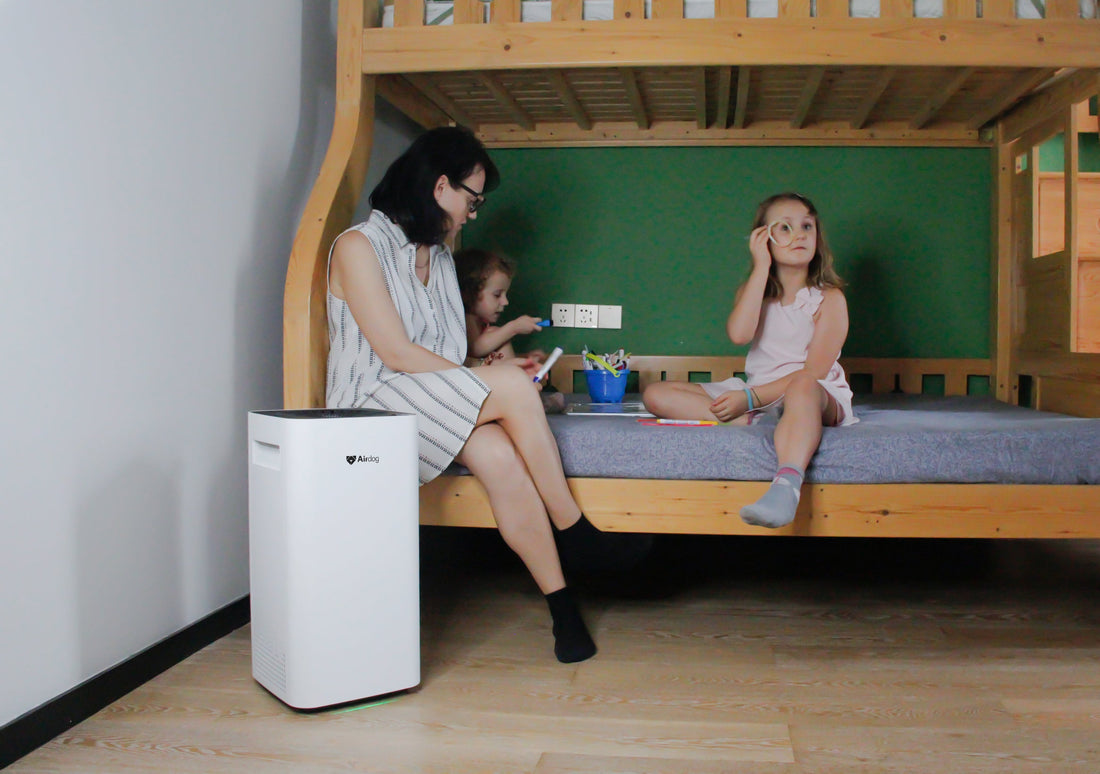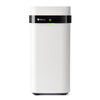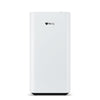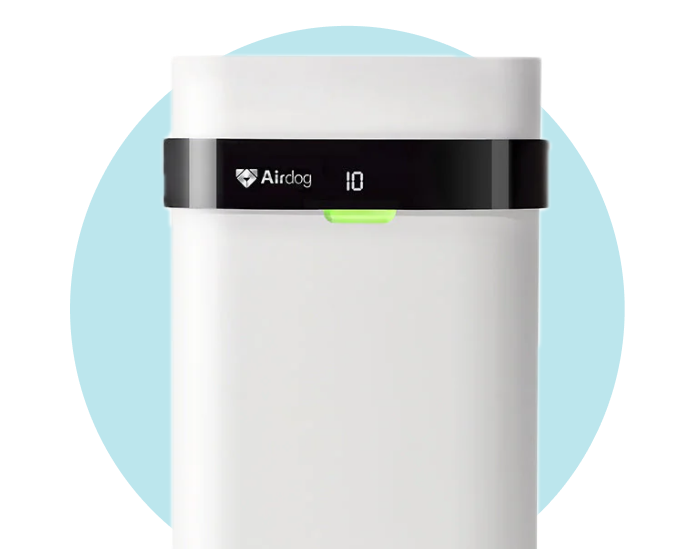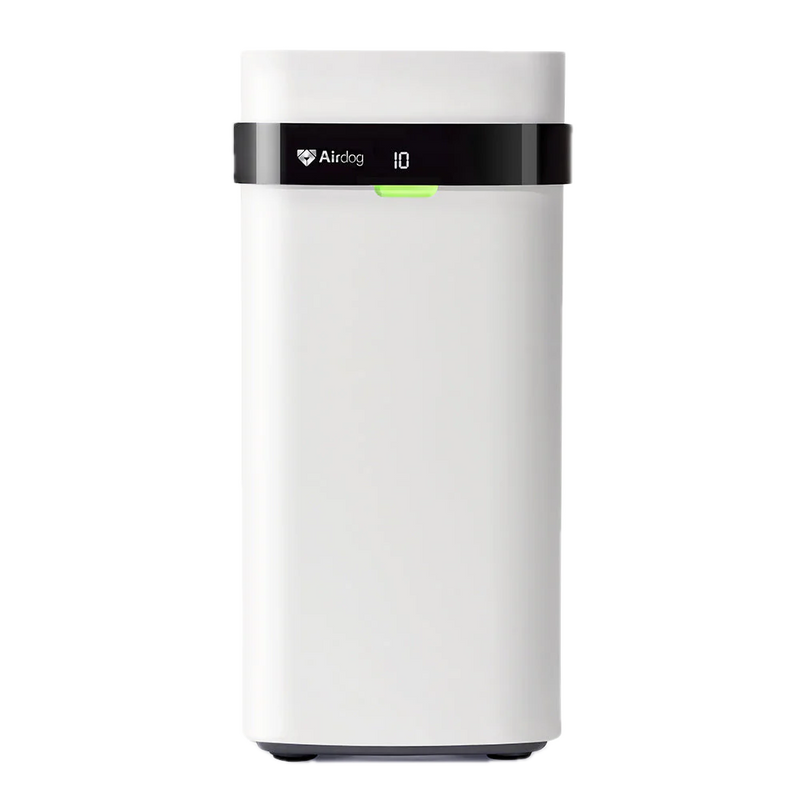Have you ever wondered whether the air inside your home is truly clean? Air purifiers promise a healthier, fresher indoor environment, but it’s natural to question whether they actually deliver. For households concerned with allergies, pets, or overall air quality, understanding how these devices work, and their limitations, is essential. In this guide, we’ll break down the science behind air purifiers, their benefits, and practical tips for selecting and maintaining the right model. By the end, you’ll know whether air purifiers really work and how to make them most effective in your home.
How Air Purifiers Clean the Air
Air purifiers work by removing contaminants from the air in your home. The most common types rely on filters, while some use UV light or ionization. Each method targets different pollutants.
HEPA Filters: Capturing Fine Particles
High-Efficiency Particulate Air (HEPA) filters are the standard for particle removal. They can trap 99.97% of airborne particles as small as 0.3 microns. This includes:
-
Dust, pollen, and mold spores
-
Pet dander and hair
-
Smoke and other fine particulates
Key points:
-
Works best in rooms with minimal outdoor air intrusion
-
Ideal for allergy sufferers and homes with respiratory concerns
-
Requires regular replacement to maintain effectiveness
Activated Carbon: Tackling Gases and Odors
HEPA filters excel at removing particles, but gases and odors require a different approach. Activated carbon filters are highly porous, allowing them to absorb:
-
Household odors from cooking or pets
-
Volatile organic compounds (VOCs) from cleaning products or paints
-
Smoke and chemical pollutants
Tip: Combining HEpa and activated carbon filters gives comprehensive coverage for both particles and gases.
UV-C and Ionizing Technologies: Extra Layers of Protection
Some air purifiers use UV light to neutralize bacteria and viruses, while ionizers release charged particles that attract pollutants.
-
UV-C light: Inactivates airborne pathogens, adding a layer of microbial protection
-
Ionizers: Can reduce fine particles, but may produce ozone depending on the brand you purchase, which should be avoided.
Evidence That Air Purifiers Work
Scientific research supports the effectiveness of air purifiers in improving indoor air quality.
-
Fine particle reduction: Studies show HEPA filters can lower indoor fine particle concentrations by up to 60%, reducing respiratory risks.
-
Allergen control: The American College of Allergy, Asthma & Immunology (ACAAI) notes HEPA filters significantly reduce airborne allergens, easing symptoms for allergy sufferers.
-
Cardiovascular and sleep benefits: Research indicates cleaner indoor air can improve heart health and enhance sleep quality by reducing exposure to irritants.
Important: Effectiveness depends on proper placement, maintenance, and using the right type of purifier for the pollutants in your home.
Choosing the Right Air Purifier
Not all air purifiers are equal. Selecting the right one involves several considerations:
Room Size and Coverage
-
Measure your room and match it with the purifier’s recommended coverage.
-
Consider ceiling height; taller rooms may need larger units.
-
High CADR (Clean Air Delivery Rate) ratings indicate faster, more efficient purification.
Filter Types
-
HEPA: Trap 99.97% of particles as small as 0.3 microns, including pollen, dust mites, and pet dander.
-
Activated carbon: Excel at absorbing odors, smoke, and volatile organic compounds (VOCs), making them ideal for environments with gaseous pollutants.
-
UV-C or ionization: Captures ultrafine particles, including viruses, bacteria, and microscopic pollutants, without producing harmful ozone. It actively removes contaminants that standard filters may miss, making it a powerful component of air purification for cleaner, healthier indoor air.
Additional Features
-
Noise levels: Low noise for bedrooms or quiet spaces
-
Energy efficiency: Look for ENERGY STAR® ratings
-
Maintenance: Some models have washable filters; others need regular replacements
Limitations: What Air Purifiers Can and Can’t Do
While air purifiers are effective, it’s important to set realistic expectations:
-
Cannot remove all pollutants: They work best as part of a broader indoor air strategy.
-
Depend on maintenance: Dirty or clogged filters dramatically reduce effectiveness.
-
Affected by ventilation: Air purifiers cannot fully compensate for poor ventilation or ongoing pollution sources.
Remember: Combining purifiers with source control, ventilation, and good household habits maximizes results.
Placement and Maintenance for Maximum Effectiveness
Even the best air purifier won’t work well if placed incorrectly or neglected.
Placement Tips
-
Avoid corners or enclosed areas that restrict airflow
-
Keep away from curtains or furniture that block air intake or output
-
Elevate the unit if possible for better air distribution
-
Prioritize living areas, bedrooms, and spaces where vulnerable family members spend time
Maintenance Essentials
-
Regular filter replacement: Follow manufacturer guidelines to maintain efficiency
-
Clean pre-filters and exterior: Remove dust buildup and vacuum reusable pre-filters
-
Monitor performance: Reduced airflow or odor removal may indicate maintenance is needed
By implementing these maintenance and placement tips, you ensure your air purifier works efficiently, contributing to a healthier and more comfortable indoor environment. Regular attention and care not only prolong the life of the air purifier but also ensure it provides the maximum health benefits to you and your family.
Misconceptions About Air Purifiers
Air purifiers are often misunderstood. Here’s what to keep in mind:
-
Not sterile machines: While air purifiers reduce pollutants, no device can completely sterilize indoor air. They significantly lower particle and allergen levels, but maintaining proper ventilation and hygiene is still necessary to keep a truly clean environment.
-
Limitations exist: Effectiveness depends on factors like room size, filter type, and pollutant sources. A purifier that’s too small or poorly maintained may not perform as expected, so it’s important to match the unit to your space and replace or clean filters regularly.
-
Ozone-producing purifiers can be harmful: Some air purifiers generate ozone in an attempt to neutralize particles. However, ozone is a lung irritant and can worsen respiratory issues. Choosing ozone-free devices, like Airdog, ensures safety while still providing effective particle and microbial removal.
Who Benefits Most from Air Purifiers?
Air purifiers can make a measurable difference for:
-
Allergy sufferers: Reduced pollen, dust, and pet dander
-
Pet owners: Less pet hair, dander, and odors
-
Children and elderly: Improved protection for vulnerable respiratory systems
-
Those concerned with heart or sleep health: Cleaner air can reduce irritants that affect cardiovascular function and sleep quality
A Smarter Alternative: Airdog
While HEPA and carbon filters are standard, Airdog offers a next-generation approach. Its TPA technology captures ultrafine particles without disposable filters.
-
Reusable collection plates: No ongoing filter waste
-
Captures ultrafine particles: Smaller than those HEPA can trap
-
Eco-friendly and cost-effective: Reduces landfill waste and long-term filter costs
-
Maintains peak performance: Easily cleaned, no drop in efficiency over time
Airdog exemplifies how innovation in air purification can combine effectiveness with sustainability, solving common drawbacks of traditional purifiers.
Combining Strategies for Cleaner Indoor Air
To maximize indoor air quality:
-
Use air purifiers alongside proper ventilation
-
Minimize indoor pollution sources (smoke, chemical cleaners)
-
Maintain regular cleaning routines
-
Educate household members about pollutant control
By adopting a comprehensive approach, air purifiers become a highly effective part of a healthy home environment.
Conclusion: Do Air Purifiers Work?
The answer is yes — air purifiers do work, but with important caveats. HEPA and activated carbon filters significantly reduce airborne particles, allergens, gases, and odors. Ionization technologies, like Airdog’s ozone-free system, actively capture and destroy ultrafine particles, including microbes and microscopic pollutants, offering effective purification that goes beyond what standard filters can achieve.
Their effectiveness depends on:
-
Choosing the right purifier for your space and pollutants
-
Proper placement and consistent maintenance
-
Using them as part of a broader strategy to control indoor air quality
For those seeking a sustainable, high-performance solution, Airdog provides a filter-free alternative that combines effectiveness with long-term environmental responsibility. By understanding how air purifiers function and taking proactive steps to maintain clean air, you can breathe easier while creating a healthier home environment for everyone.

